Sustainability Action Plan
TAC’s Sustainability Mission:
We will set the gold standard in Scouting for efforts to improve human impacts upon the planet.
We will achieve that by incorporating sustainability practices and training throughout our program, focused on impacts upon the natural world – the topics addressed in the Sustainability merit badge. We will be thousands of advocates for the planet in the Anthropocene Age. Our youth will change their own futures.
TAC’s Sustainability Ambitions
- Refine our administration and delivery to minimize our harmful impacts on climate and biodiversity
- Capitalize on Scouting’s core strengths to maximize our positive impacts on biodiversity and climate
- Act as ambitiously as possible without diluting the overall impact of our programs
- Support selected UN/WOSM Sustainable Development Goals, increasing over time
- Map all existing and new council initiatives to the plan
Scope of the Plan – What is Included?
Scouting happens mostly at the local level, with families grouped together into units that deliver program within the framework of a national curriculum; Units in TAC are grouped by geographic areas into 6 districts, where volunteers put together district programs and support units; the districts are grouped together as one council, where volunteers and employees put together council programs and support districts and units.
Each of the BSA’s 250+ councils is a separate entity, with its own professional and volunteer leadership. The council has both direct and indirect impacts on sustainability: through the actions and decisions of its employees and senior volunteers; the programs that it designs and executes; and the guidance that it offers to districts, units and individuals. Individuals have their own direct impacts, at home, and together at the unit level.
Organizations often categorize their sustainability impacts in three levels: Scope 1 is under their full control; Scope 3 is related to their activity but not under their control; Scope 2 is somewhere in between. This helps determine what actions to take, and how to calculate their impact.
In our plan, action is in Scope 1, while advocacy is in Scope 3. Here are the Scopes for TAC’s activities:
Scope 1 is Council-level activities. TAC controls and executes these activities, through the actions and decisions of its employees and senior volunteers. These negative and positive impacts are all clearly included. Council camps, council training activities, Order of the Arrow (OA) lodge events, and employee administrative activities are all included.
Scope 2 is District-level activities. TAC strongly influences the decision-making process and execution of these activities, through coordination among senior volunteers, and guidance to district leaders. The plan will clarify what is included in this Scope. Likely candidates for inclusion include district camporees, district training activities, OA chapter events, Merit Badge Universities, and tree-planting projects.
Scope 3 is Unit and individual activities. TAC can impact these activities, via guidance and education.
The plan will be one of several lenses through which new council initiatives will be viewed. It will be updated to reflect the positive and negative impacts of new initiatives.
Summary of Action Areas and Objectives
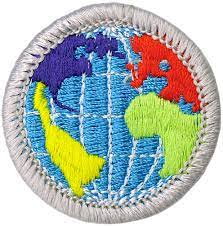
1. Reduce Greenhouse Gas Emissions Below Net Zero
- Eliminate avoidable Scope 1&2 GHG emissions by end-2024, through direct action.
- Achieve net carbon negativity in Scope 1&2 activities from end-2022, including direct and indirect offsets (our positive impacts on emissions will exceed our negative impacts).
- Include Scope 3 activities in net zero/negative calculation by 2030.
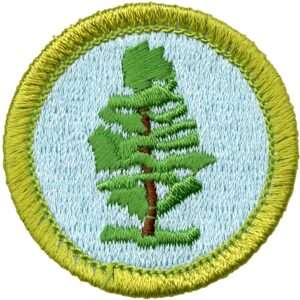
2. Plant a Tree for Every TAC Scout
- Plant 4,000 trees before TAC’s 75th anniversary in 2025, in direct action by TAC families.
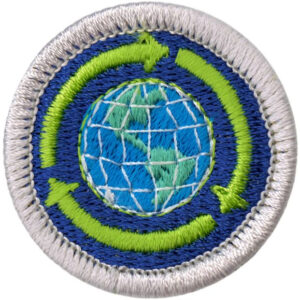
3. Maximize Planet-Positive Aspects of Core Scouting Program
- Maximize the use of the many existing BSA program components (mandatory and optional) focused on sustainability – in advancement, service, conservation, and leadership – to combat biodiversity loss and climate change.
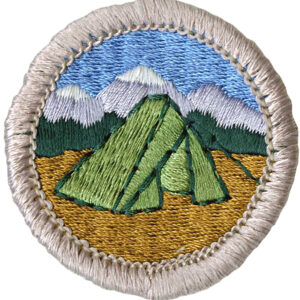
4. Camp Sustainably
- Leave No Trace – on a global scale, over the long term.
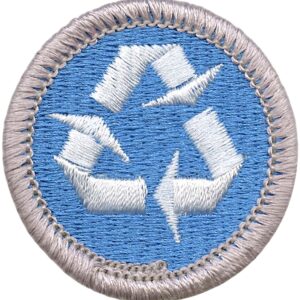
5. Reduce Waste and Plastics, and Produce Sustainably
- “A Scout is Thrifty”. That includes reducing consumption; reusing, repurposing, restoring and repairing as much as possible of what is consumed; and recycling as much as possible of what is left.
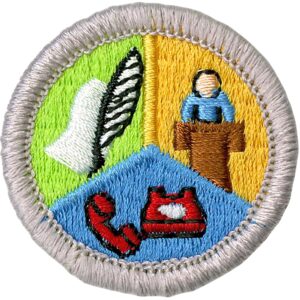
6. Advocate for Action by Others
- Leverage our impact through education and outreach: guide our units and members; guide other BSA councils; advocate for societal and governmental change.
